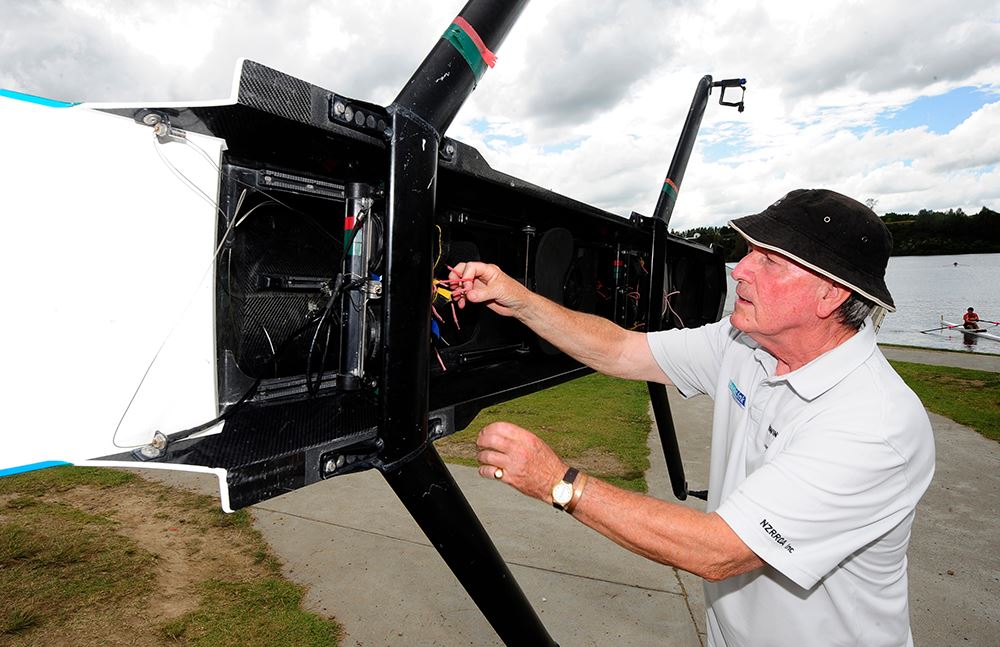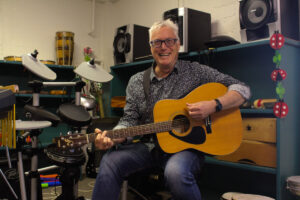Safety first as umpires run through checks
Rowers are in safe hands with umpires like Hewitt Harrison taking make sure the boats are survivable once out on the water.

If anything is certain at Maadi, it is that your boat couldn’t be safer out on the water.
This is thanks in large part to boat umpires like Hewitt Harrison.
Harrison, who is a member of the Hawke’s Bay rowing club, is an 18-year veteran and well educated in the process of ensuring the rowers’ safety.
Umpires at the compliance area check three main things: the bow ball, the shoes and the buoyancy panels.
“If they haven’t got a satisfactory, compliant bow ball it’s very, very dangerous,” Harrison said.
The bow ball is a rubber ball that sits on the tip of the bow, preventing boat damages and potential injuries if boats collide.
“We check inside the boat for the shoes because the heel has to come a maximum distance off the base of the plate where it rests when the heel’s fully down,” he said.
“If you don’t have the shoe at maximum point there’s every chance that the rower’s going to get stuck in the boat. If they roll it over they won’t be able to get their feet out.”
The third important thing checked is the general state of the interior of the boat and the buoyancy panels.
The buoyancy panels are checked to make sure they are sealed properly so no water can get in them.
If one of those three things is not up to standard the boat is sent back to be repaired.
“If the bow ball is not appropriate it has to be fixed, and likewise with the shoes,” he said.
“Although most of the shoe ties can be fixed here before they go on the water, occasionally they’ll have to send the boat back to the boat park.”
The purpose of all of these checks is simple: it stops people from injury and even drowning.
“If they tip out and can’t get out of the boat we’ve got a real problem,” Harrison said.
“That’s why we have the safety measures in place; so that if they fall out they can get away from the boat, get their feet out of the shoes and get up onto the surface.
“It’s all to do with ensuring the safety of the rower.”




